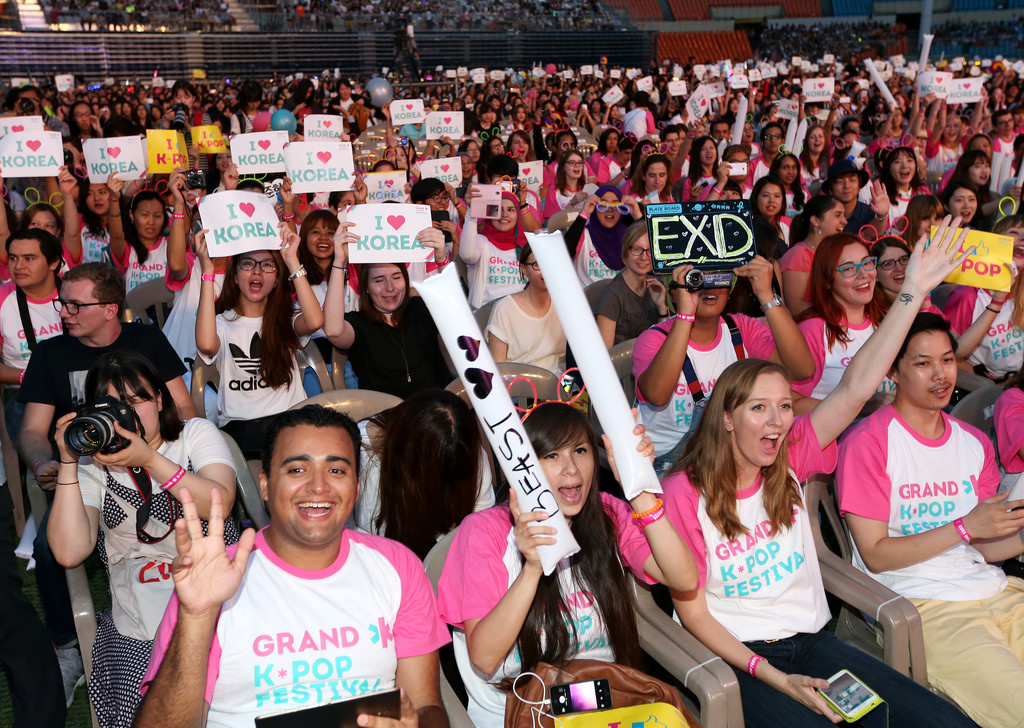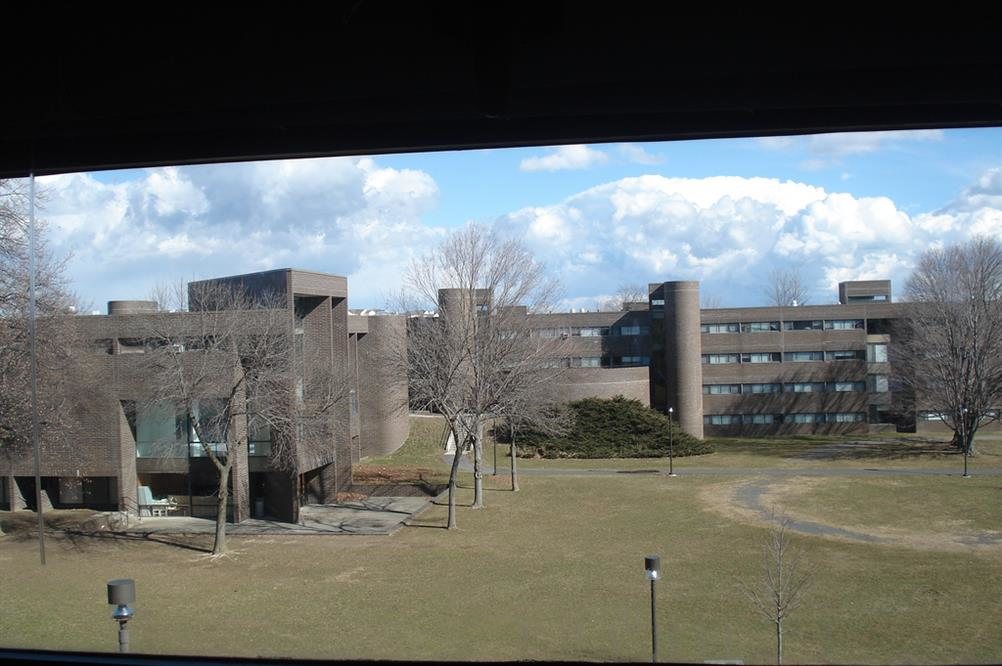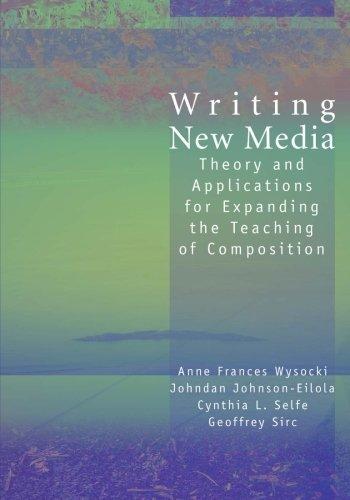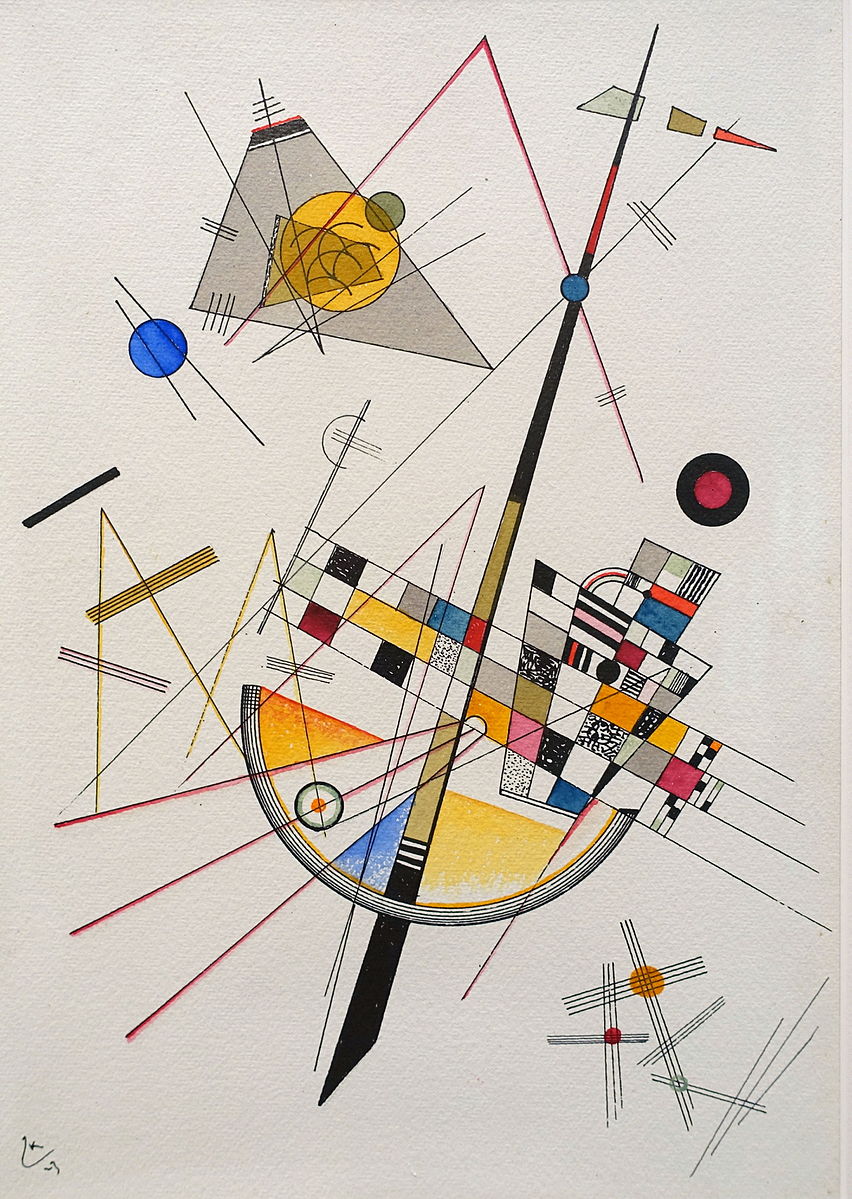My first thought about the readings this week is that Black’s (2009) article gave me major middle school flashbacks—my 13-year-old self never missed an episode of Card Captor Sakura or Yu-Gi-Oh.
But back to the readings…
Buck (2012) outlined Nakamura’s (2002) critique of the perspective from early online identity scholars that one’s online and offline identities are disconnected. In contrast, Nakamura contends that “online identity is still embedded in, and influenced by, an offline, embodied, self” (Buck, 2012, p. 15). From Buck’s study, Ronnie’s representation of himself online seems closely connected with his offline life, as illustrated by his frequent updates throughout the day meant to update his offline friends and family about his offline activities. Ronnie’s social media use is familiar to me—I have many friends on social media who use their accounts in similar ways, to update their friends throughout the day about what they are doing offline (for example, an aunt who is currently documenting every fish-related meal she eats on Fridays during Lent). An interesting manifestation of this in my own social media circles are the graduate students and academics that I follow on Twitter who frequently post updates about their productivity and/or writing progress. Posts like this have always struck me as a cross between a humble-brag and a strange desire for either accountability or validation.
Returning to Nakamura’s (2002) contention that our online identities are embedded within and impacted by our embodied selves offline, I find that in many ways, my own social media use mirrors the way I approach socializing offline. I tend to be introverted and prefer cultivating a small but tight group of friends rather than actively maintaining connections with a large social network. Similarly, while I have a relatively large group of friends and followers on various social media platforms, I primarily interact with a much smaller group of close friends, often through direct messaging or other more private forms of communication. While I can be active in conversations with a small group of close friends, in larger social situations I prefer to observe. Similarly, I post very infrequently online, to the point where I now receive notifications from sites like Facebook and Instagram meant to boost my interactions with the site (i.e., notifications about what other people are posting, rather than notifications that are just about folks’ interactions with me—I hate these…I really don’t care that so-and-so updated their story on Facebook). Because I primarily use Twitter for networking with other graduate students and academics, I’ve tried to be more active in posting (even trying my hand at some of the productivity posting mentioned above), but I find this difficult to maintain—posting in that way doesn’t come naturally to me. For example, at CCCC 2019 I posted only three updates—once when I got to the conference, once with the CFP for next year, and once when I was at the airport on my way home. #fail

I’ve rambled on for long enough so I’ll end the post with a thought I’ve been having as I work on my final paper for this class. While this isn’t my area of research (so take this with a grain of salt), my sense is that much of the research on social media use tends to focus on active contributors—people like Ronnie who post frequently and engage often. People like me who post infrequently but still maintain a presence on these sites tend to be treated as foils to more active contributors in this research. This makes sense—there is certainly more data to be gathered from folks who engage more consistently. But I wonder what a study of identity construction for online lurkers/observers would look like? How do people who prefer to observe represent themselves in these spaces? Is there something to be learned from a lack of contribution and engagement?


 From my perspective, these kinds of practice-oriented texts are especially potent in beginning to understand why teachers choose to include and exclude technology and new media. What Selfe (2007) refers to as opening new media to writing or what Knobel and Lankshear (2007) call
From my perspective, these kinds of practice-oriented texts are especially potent in beginning to understand why teachers choose to include and exclude technology and new media. What Selfe (2007) refers to as opening new media to writing or what Knobel and Lankshear (2007) call 
